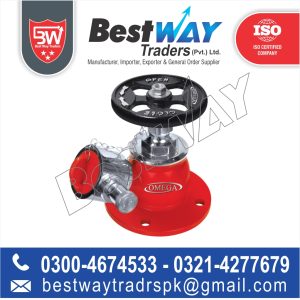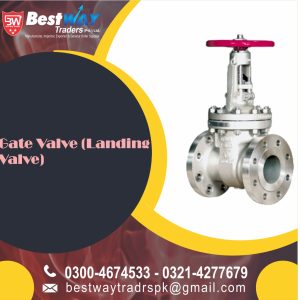Description

Gate valves respond slowly, requiring numerous turns of the handwheel, to go from fully open to fully closed. The disks are made in either a solid or flexible wedge disk. Flexible disks were developed to overcome sticking on cooling in high-temperature service and minimize operating torque. High-pressure service of large sizes is usually cheaper than plug or ball.
Gate valves are more commonly used in refineries and petrochemical plants where pressure remains relatively low, but temperature may be very high. Gate valves are used less in upstream oil and gas production facilities due to high operating pressures, long opening/closing times, and severe environmental conditions when operating in marine atmospheres.
The gate valve is a block valve. Due to its design, it cannot control flow; even at the beginning of opening, erosion of the seat and disk occurs, resulting in the destruction of the tight faces.
4.2.8.1.2 Parallel gate valves
Parallel gate valves utilize a parallel-faced, gatelike seating element. A double-disk parallel gate valve has two parallel disks that are forced, on closure, against parallel seats by a “spreader.” They are used for liquids and gases at normal temperatures. On the other hand, the seating force in a single-disk parallel gate valve is provided by the fluid pressure acting on either a floating disk or a floating seat. This configuration allows closure with flow in either direction. They are used for liquid hydrocarbons and gases. If the fluid pressure is low, the seating force provided by the fluid pressure may be insufficient to produce a satisfactory seal in metal-sealed valves. If the fluid pressure is high, frequent valve operation may lead to excessive wear of the seating forces; thus, parallel gate valves are normally used for on/off duties that require infrequent operation.
4.2.8.1.3 Full-bore through conduit gate valves
Full-bore through conduit gate valves prevent solids from entering the body cavity. The valve body extends equally on both sides of the valve centerline to form a cavity long enough to contain a disk or gate having a circular port of the same dimension as the pipe internal diameter (full port valve) (Figure 4.51). These valves may be a solid plate or two-piece plate design, which isolates the valve body cavity against the fluid in both the open and closed position. They are used in pipelines that must be scraped or where a full-bore valve is required.
Figure 4.51. Full-bore through conduit gate valve.
(Courtesy of WKM)
4.2.8.1.4 Wedge gate valves
Wedge gate valves differ from parallel gate valves in that the seating element is wedge-shaped, instead of parallel (Figure 4.52). The disk or wedge can be a single-piece or a two-piece design. The purpose of the wedge shape is to introduce a high supplementary seating load that enables metal-sealed wedge gate valves to seal against not only high but also low fluid pressure. The wedge shape also results in a seal on both sides of the gate. Since the disk is in contact with the seats only when the valve is closed, the wedge gate valve offers a maximum resistance to wear, where turbulent flow is present.








Reviews
There are no reviews yet.